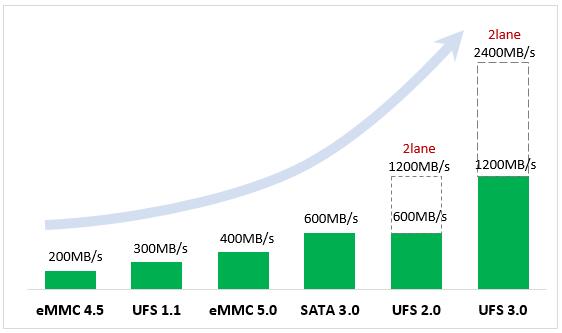MTK6799 Helio X30 is the follow up successor to MediaTek / MTK’s current flagship SoCs Helio X20 MTK6797 and Helio X25 MTK6797T.
UPDATE: Helio X30 Geekbench 4 scores released
MT6799 10nm process
The big news about Helio X30 is that it features CPU cores utilizing 10nm FinFET process. This chip design was joint developed by ARM and TSMC over several years.
See Helio X20 vs Helio X25 vs Helio X30 (opens in new tab)
MT6799 Helio X30 CPUs
The CPUs in Helio X30, as with Helio X25 will work in a big.LITTLE configuration. In a big.LITTLE setup, the most powerful cores will handle very CPU intensive tasks, the mid-powered cores will handle medium load tasks, and the lower-powered cores will handle light load background tasks.
The CPU clusters in the Helio X30 will be comprised of 3 sets (tri-cluster) for a total of 10 cores (deca-core): [email protected], [email protected], and [email protected].

Compared to ARM Cortex-A72, ARM Cortex-A73 cores will be clocked higher and have a larger cache, which should translate to significantly more power.
According to ARM: The ARM® Cortex®-A73 is the most efficient and highest performance applications processor. The Cortex-A73 delivers 30% more performance than the Cortex-A72 current devices in a mobile power envelope, delivering the best user experience.
ARM Cortex-A35 is for background tasks and deep sleep
Taking the place of the lower-powered Cortex-A53 in Helio X20/X25, will be Cortex-A35 in X30.
ARM Cortex-A35 architecture is extremely power efficient and should provide a noticeable step up in SoC efficiency.

According to ARM, Cortex-A35 is the most efficient ARMv8-A CPU with full ARMv7-A compatibility. In comparison to Cortex-A7 (the CPU featured in MT6582 and MT6592), Cortex-A35 requires less active power and improves performance.
MTK6799 Helio X30 GPU
The GPU in Helio X30 will be PowerVR 7XTP-MT4@850MHz.
It’s been awhile since MediaTek has used PowerVR, and it’s a curious move, as generally ARM-based SoCs go well hand-in-hand with ARM Mali GPUs.

Though the PowerVR 7XTP series exact GPU model hasn’t been made public, it’s theorized the GPU will be PowerVR GT7200 or GT7400. These GPUs aren’t a match for this generation Qualcomm flagship SoC GPUs, let alone next year’s, but they are beyond powerful enough for any games on the market now or in the foreseeable future.
It’s also very plausible that an entirely different, yet unannounced PowerVR 7XTP series GPU will be used, as Helio X30 won’t be released in mobiles until March, 2017 at earliest.
MT6799 Helio X30 video and camera support
The Helio X30 will support up to 4K*2K@30FPS video recording and video decoding, display resolutions up to 2560*1600, up to 28MP (28 million pixels / 28 megapixels) single camera, and hardware dual image signal processors (ISP) for dual-rear camera support.
MT6799 Helio X30 RAM
MediaTek MTK6799 Helio X30 will be capable of using Universal Flash Storage 2.1 (UFS 2.1).
UFS is the highly touted memory technology in competition with yesteryear’s eMMC and was used in the excellent Xiaomi Mi5. UFS 2.1 is theoretically capable of speeds up to 1200MB/s (1.2GB/s).

RAM support will be LPDDR4 up to 8GB@1866MHz. This is twice the speed of current generation Helio MT6797 X20 and Helio MT6796T X25.
MTK6799 Helio X30 radio support
Helio X30 will support LTE CAT.10, tri-SIM (three SIMs), and will support the 802.11ac WiFi standards.

Leave a Reply